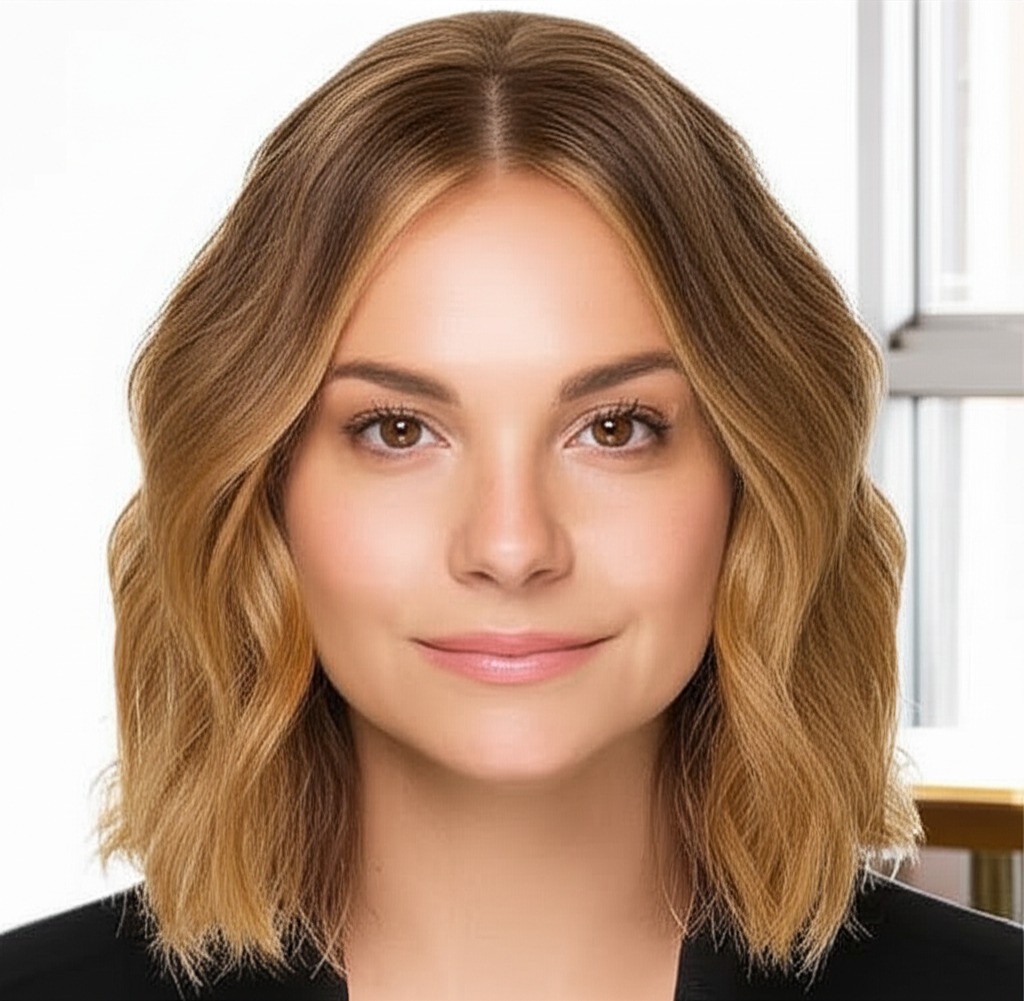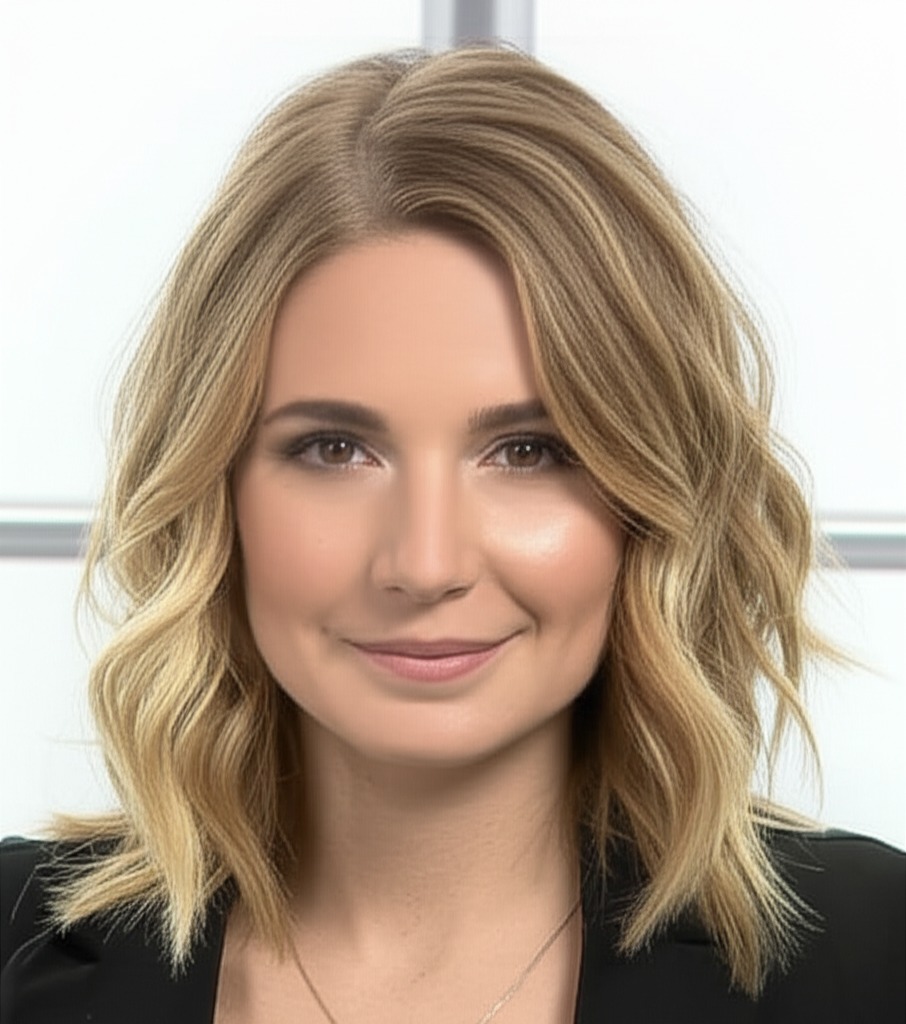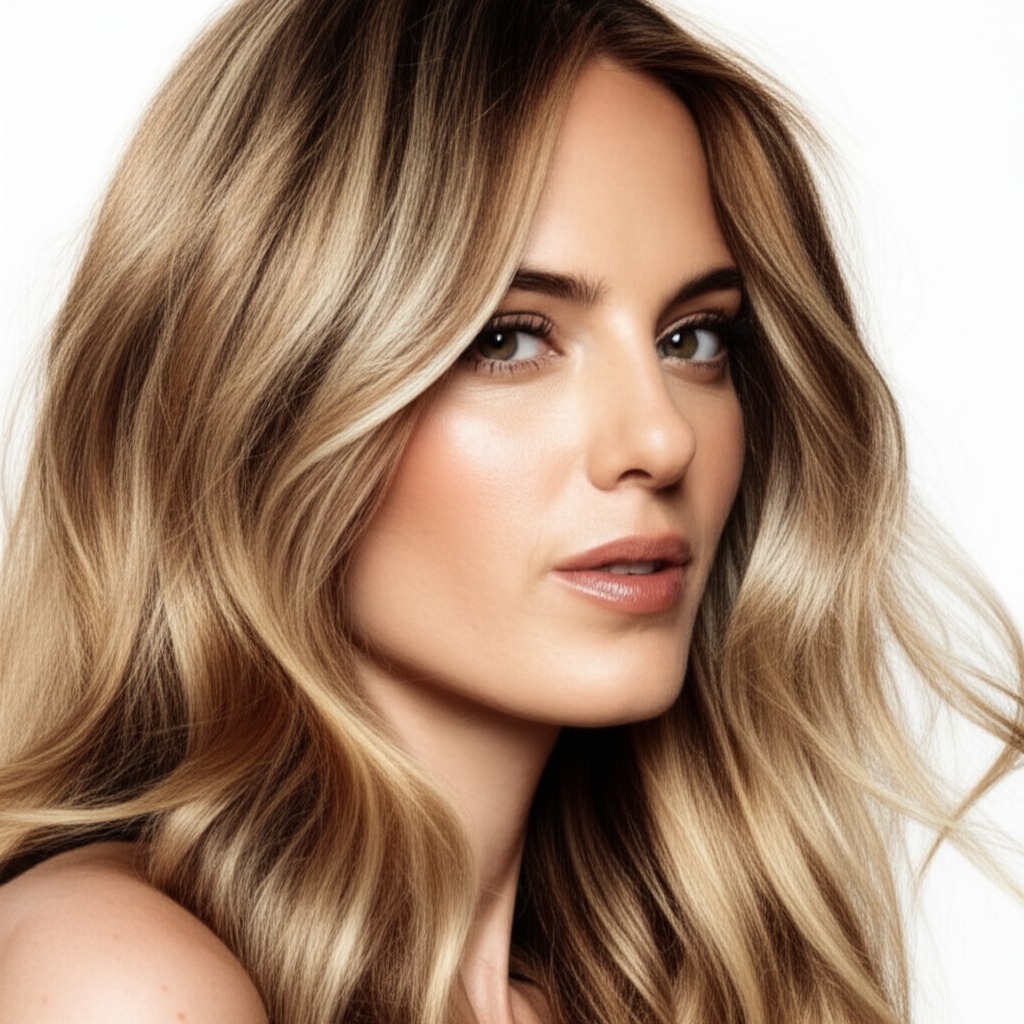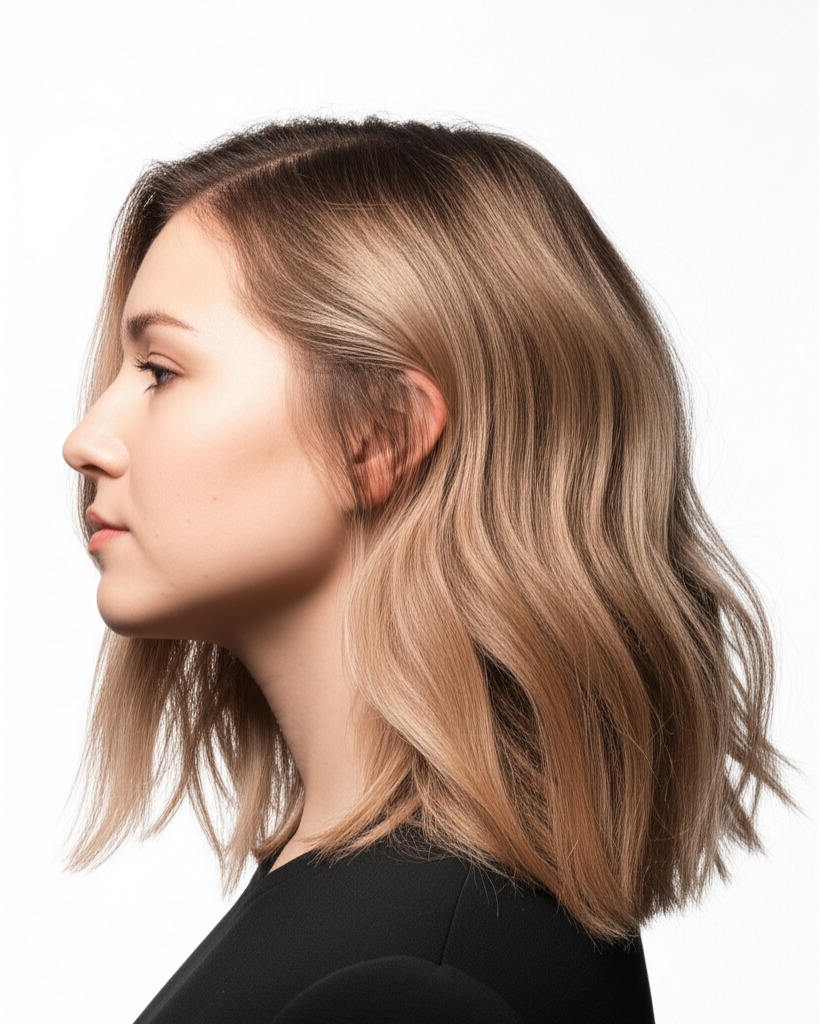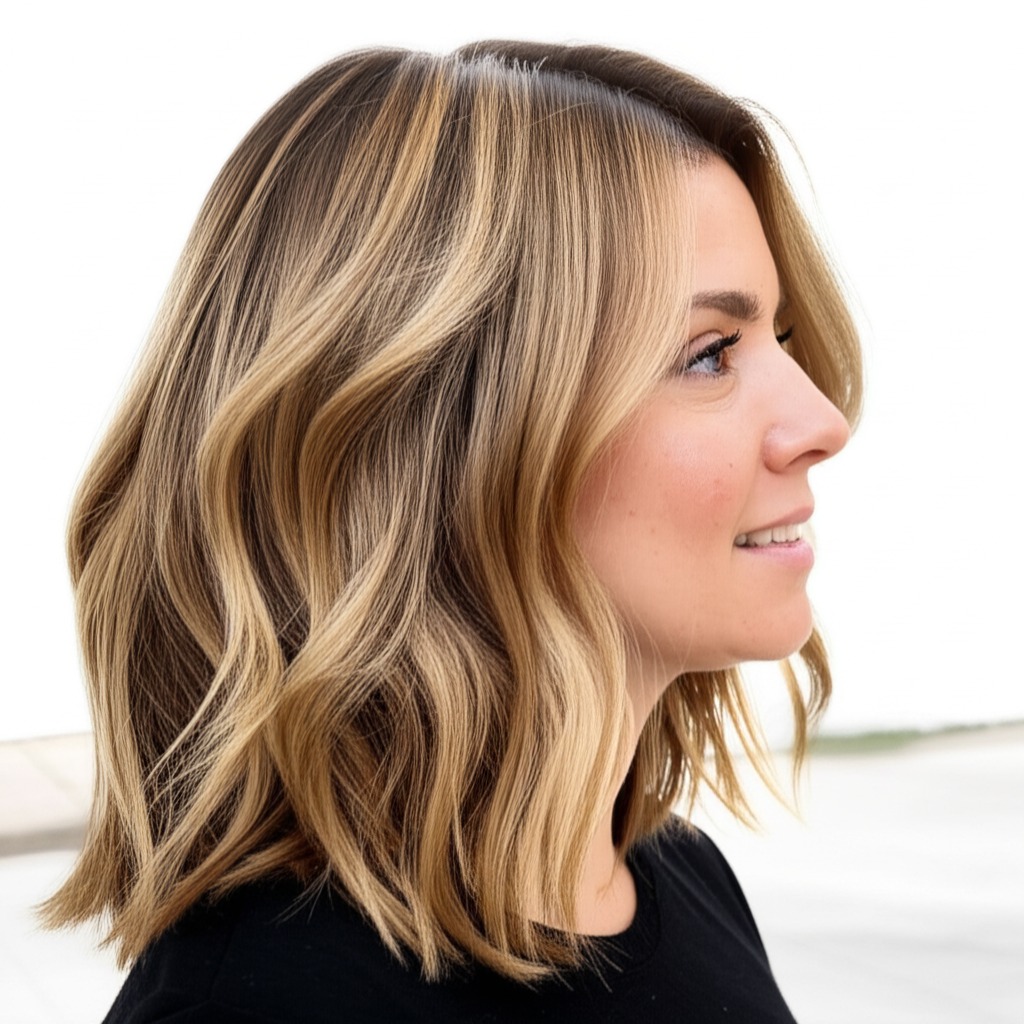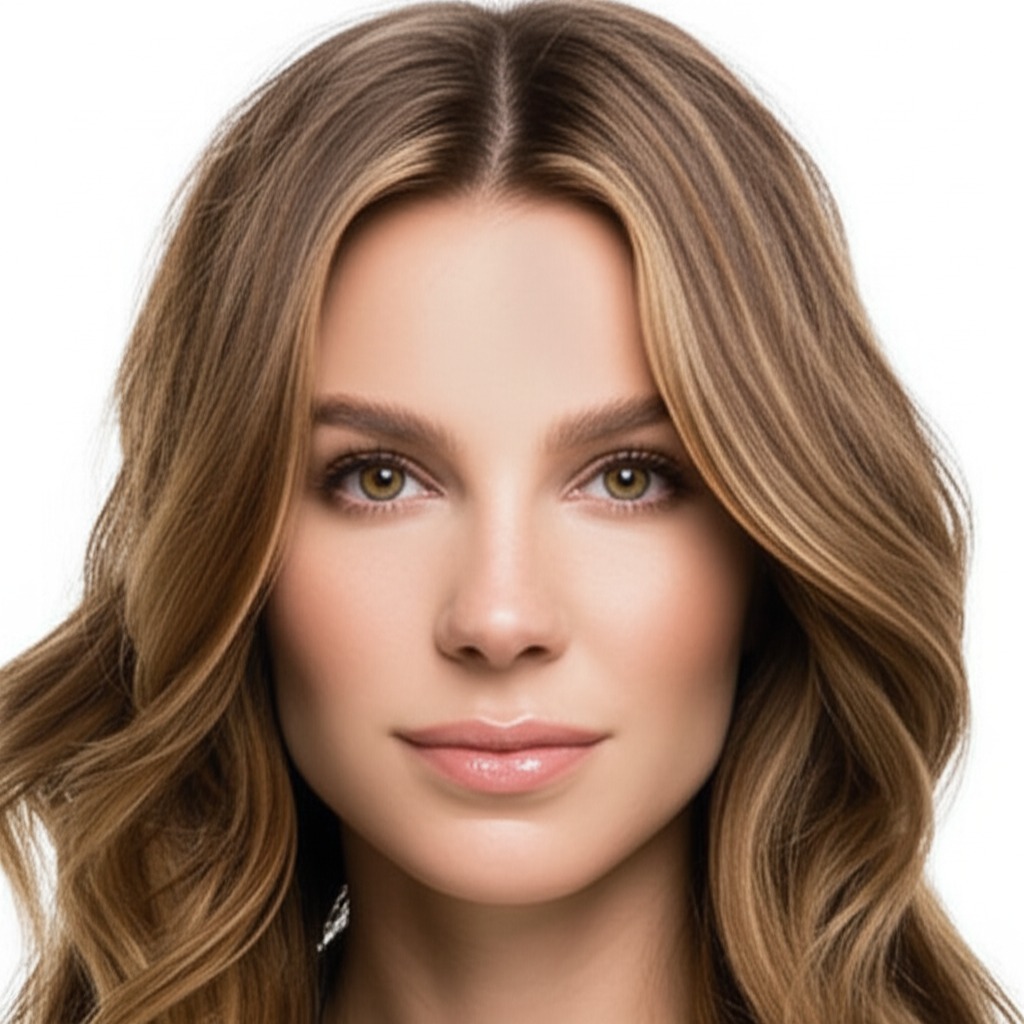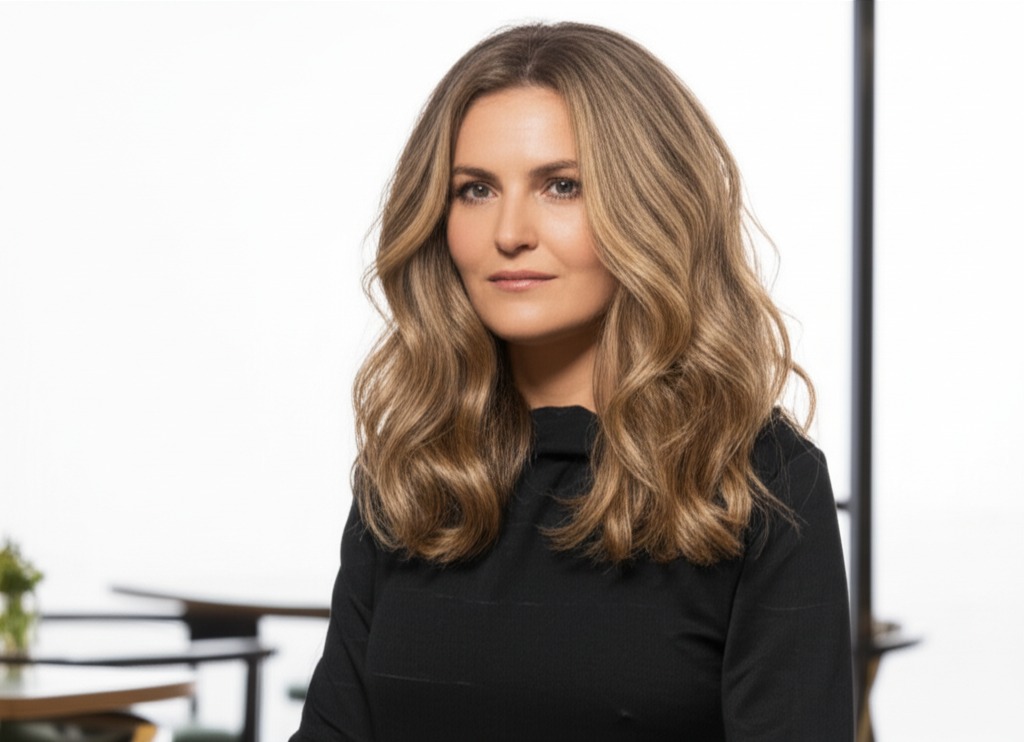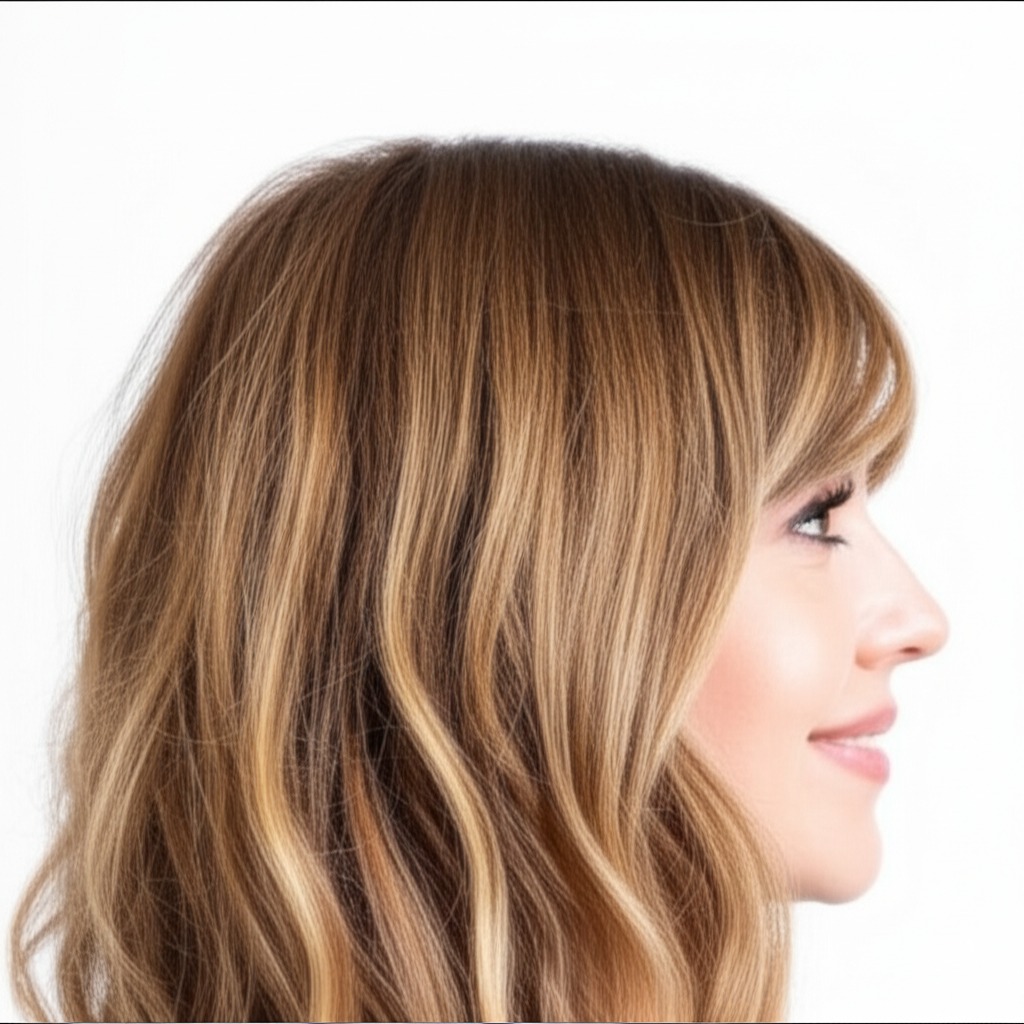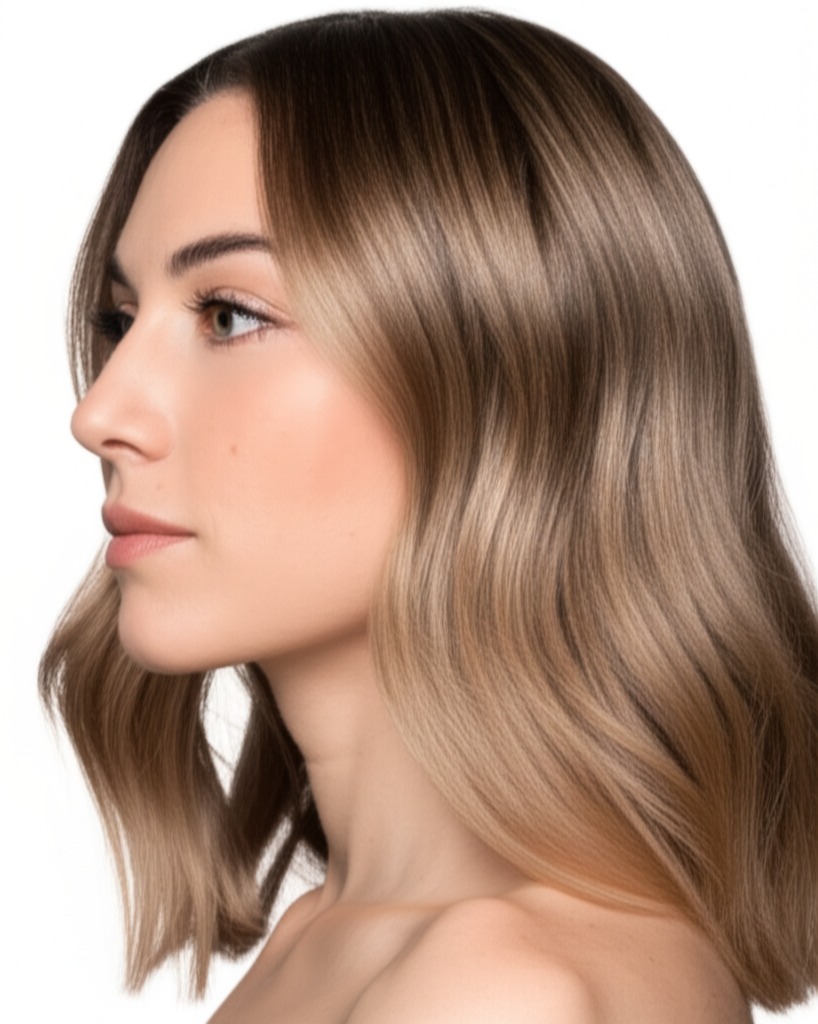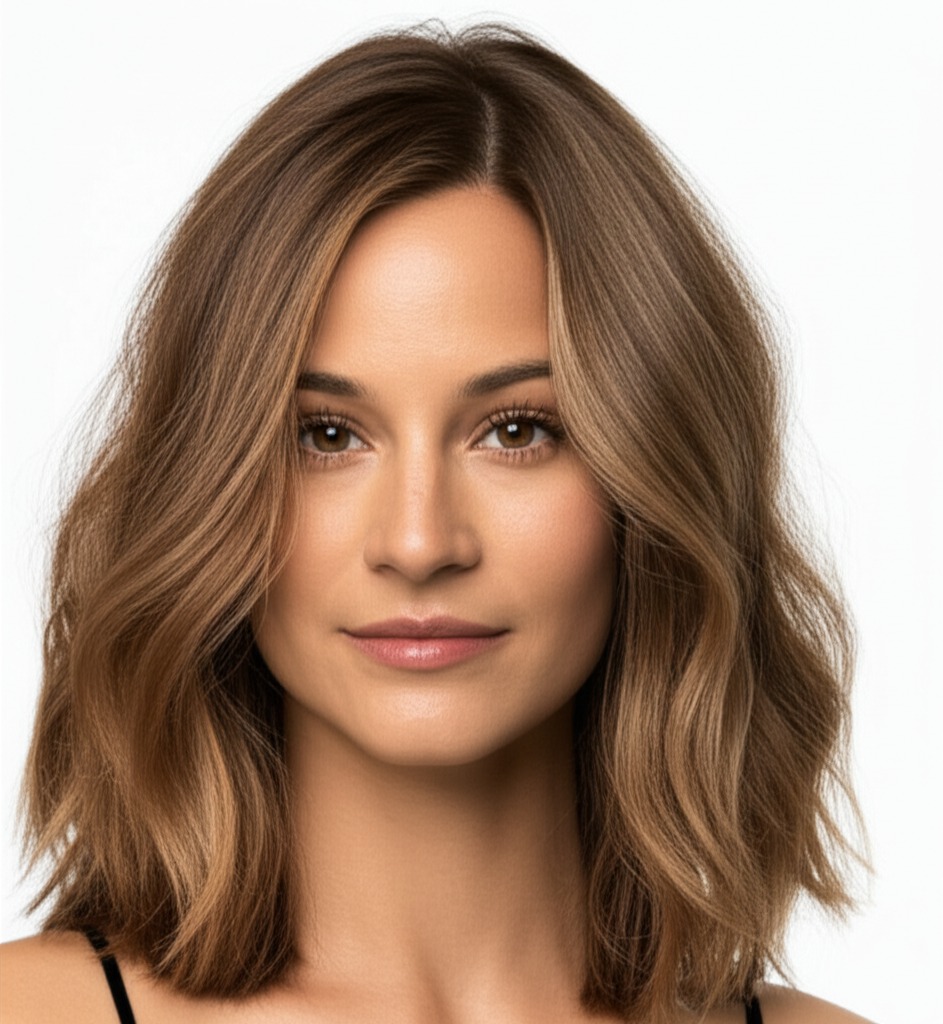#Bronde: The Best of Both Worlds in Hair Color
Bronde – a beautiful blend of brown and blonde – has been a consistently popular hair color choice for years, and it's easy to see why! It offers the warmth and richness of brunette with the brightness and dimension of blonde. But “bronde” isn’t just one thing; it’s a spectrum. Let’s dive into everything you need to know about achieving (and maintaining!) this gorgeous look.
#1. Understanding Bronde Shades: Depth & Undertone
Bronde is all about the balance, but that balance can shift dramatically! Here's how to break down the nuances:
- Undertones: This refers to the subtle hues within your hair color.
- Warm Bronde: Dominantly golden or caramel tones. It looks like sun-kissed highlights woven through brown hair.
- Neutral Bronde: A mix of warm and cool tones, offering a more balanced and universally flattering result. This is often the "go-to" for those unsure which undertone to choose.
- Cool Bronde: Contains hints of ash or beige – less common but can look stunning on certain skin tones (more on that later!). It's softer than traditional blonde, preventing a harsh contrast with darker roots.
- Depth/Levels: Levels refer to the darkness or lightness of your hair color. A level 1 is black, and a level 10 is platinum blonde. Bronde typically sits between levels 3-7, depending on how much blonde you want. A "darker" bronde will be closer to level 3/4 (more brown), while a “lighter” bronde might reach level 6/7 (more blonde). Your stylist can help determine the right level for your desired look and hair health.
#2. Who Does Bronde Flatter?
Bronde’s versatility is one of its biggest strengths, but some variations suit certain people better than others:
- Skin Tone & Undertone:
- Warm Skin Tones (yellow or golden undertones): Warm bronde shades will enhance your natural glow. Think caramel highlights and honey tones.
- Neutral Skin Tones (a mix of warm and cool): You can pull off most variations of bronde! Experiment to find what you love.
- Cool Skin Tones (pink or blue undertones): A neutral or even a slightly cool bronde can be beautiful, preventing the color from looking too brassy against your skin. Avoid overly warm, golden tones if this is you.
- Eye Color: Bronde complements almost every eye color!
- Brown Eyes: Bronde intensifies their warmth and richness.
- Blue/Green Eyes: Warmer bronde shades can make these eyes sparkle. Cooler bronde variations offer a softer contrast.
- Hazel Eyes: Bronde highlights the different flecks of color within hazel eyes, creating a captivating effect.
- Natural Hair Level Starting Point: Bronde works best when building up from your natural hair color.
- Darker Hair (Levels 1-3): Requires more lifting to achieve bronde, so be prepared for multiple sessions and potential damage mitigation strategies with your stylist.
- Medium Brown Hair (Levels 4-6): The ideal starting point! Bronde can be achieved relatively easily.
- Lighter Brown/Dark Blonde Hair (Levels 7-9): Achieving a noticeable bronde effect might require subtle placement of darker tones to create dimension, rather than significant lightening.
#3. Technique Options: From Subtle to Striking
How your stylist applies the color dramatically impacts the final result:
- Single Process: This is less common for true "bronde" as it’s usually a blend. It's best suited for darkening hair slightly or applying an overall gloss/toner.
- Highlights & Lowlights: The classic bronde technique! Strategically placed highlights (lighter pieces) and lowlights (darker pieces) create dimension and movement.
- Babylights: Super fine, delicate highlights that mimic the natural sun-kissed look of children's hair. Creates a soft, blended effect.
- Gloss/Toner: Used to refine the overall tone – adding warmth, coolness, or shine. Essential for maintaining bronde and correcting brassiness (more on that later!).
- Balayage-Effect vs. Solid Application: Balayage involves hand-painted highlights for a softer, more natural look with less harsh lines of demarcation. A solid application can create a more uniform blend but risks looking flat if not expertly done.
#4. Maintenance & Longevity: Planning Ahead
Bronde requires commitment! Here's what to expect:
- Wash Frequency: Aim for 2-3 washes per week with color-safe shampoo.
- Toner Refresh: This is crucial. Toner typically needs refreshing every 6-8 weeks, depending on how quickly your hair fades and the desired level of tone.
- Root Growth Pacing: Discuss with your stylist how often you want to visit for root touch-ups or balayage refreshes. Balayage grows out more gracefully than traditional highlights.
- Budget/Time Planning: Bronde is a multi-step process and can be costly, especially if starting from darker hair. Expect initial sessions to take 2-4 hours, with maintenance appointments lasting 1-2 hours. Budget $150-$500+ depending on salon, location, and stylist experience.
#5. Seasonality & Pairing With Cuts: Style It Out!
- Seasonal Tweaks:
- Spring/Summer: Lighter bronde shades with warmer tones look fresh and vibrant.
- Fall/Winter: Deeper, richer bronde hues with cooler undertones evoke a cozy, sophisticated feel.
- Haircuts & Bronde Harmony:
- Bob/Lob (Long Bob): Bronde adds instant dimension to these sleek cuts. Face-framing highlights are particularly flattering.
- Long Layers: Bronde enhances movement and texture in long layered styles.
- Pixie Cut: Bronde can add surprising softness and depth to a short pixie cut – strategic placement is key!
#6. At-Home Care: Protecting Your Investment
- Sulfate-Free Shampoo & Conditioner: Sulfates strip color, leading to faster fading.
- Clarifying Cadence: Use a clarifying shampoo occasionally (every 4-8 weeks) to remove product buildup – but don’t overdo it!
- Heat Protection: Always use a heat protectant spray before using any hot styling tools.
- Color-Safe Styling Tips: Avoid harsh chemicals and excessive sun exposure, which can both fade color. Rinse hair with cool water to seal the cuticle and lock in moisture.
- Product Checklist: Color-safe shampoo & conditioner, heat protectant, deep conditioning mask (weekly), leave-in conditioner or serum.
#7. Common Pitfalls: Avoiding Disasters
- Brassiness: Warm tones can oxidize over time, resulting in unwanted orange/yellow hues. Purple shampoos and toners are your best friends!
- Banding: Uneven color application due to inconsistent lifting – a skilled stylist is crucial here.
- Patchiness: Occurs when highlights or lowlights aren't blended properly.
#8. Pros & Cons: Weighing the Options
Pros:
- Versatility: Adaptable to various skin tones, eye colors, and hair lengths.
- Dimension & Depth: Creates a more dynamic and interesting look than single-tone color.
- Natural Look: Can mimic sun-kissed highlights for a believable effect.
Cons:
- Maintenance Burden: Requires regular salon visits and at-home care.
- Fade Risk: Color fades over time, especially without proper maintenance.
- Potential Damage: Lifting processes can weaken hair – prioritize healthy hair practices!
#9. Salon Consultation Script: Setting Expectations
Before committing to bronde, have a thorough consultation with your stylist. Here are some prompts for you both:
- “I’m interested in a bronde look. Can we discuss my skin tone and undertone to determine the best shade?”
- "What level of lightness do you think is achievable given my current hair color?"
- "How will we minimize damage during the coloring process?"
- "Can you show me examples of different bronde techniques (balayage vs. traditional highlights)?"
- “What’s your recommended maintenance schedule and product recommendations?”
- "Let's discuss root growth strategy - how can we make this grow out gracefully?"
#10. FAQs About Bronde
- Is bronde right for damaged hair? It depends! A skilled stylist can work with slightly damaged hair, but significant damage may require pre-treatment and a more gradual approach.
- Can I go from black to bronde in one session? Highly unlikely without severe damage. Multiple sessions are needed to gradually lift the color.
- How long does bronde last? The highlights themselves can last for months, but toner fades much faster (6-8 weeks). Root regrowth will also be visible over time.
- Is bronde more expensive than all-over color? Generally yes, due to the complexity of the technique and multiple steps involved.
- Can I do bronde at home? While possible for subtle tonal shifts, achieving a professional-looking result is challenging without experience and proper tools.
- What's the difference between "bronde" and "dirty blonde"? Dirty blonde tends to be lighter and more yellow/golden than traditional bronde. Bronde incorporates more brown tones for depth and dimension.
With careful planning, a skilled stylist, and consistent care, you can achieve your dream bronde look!
